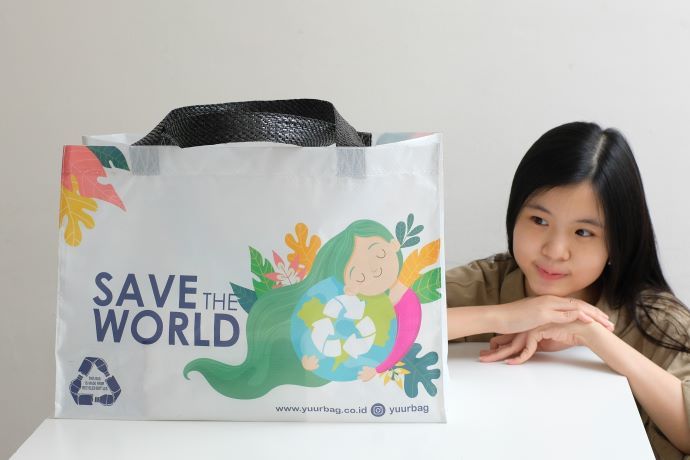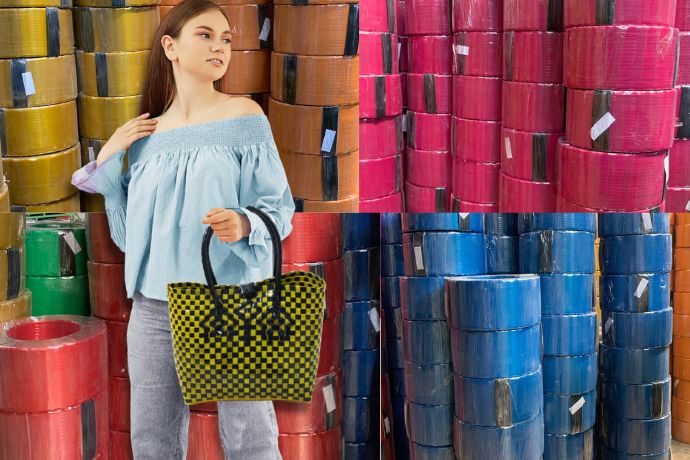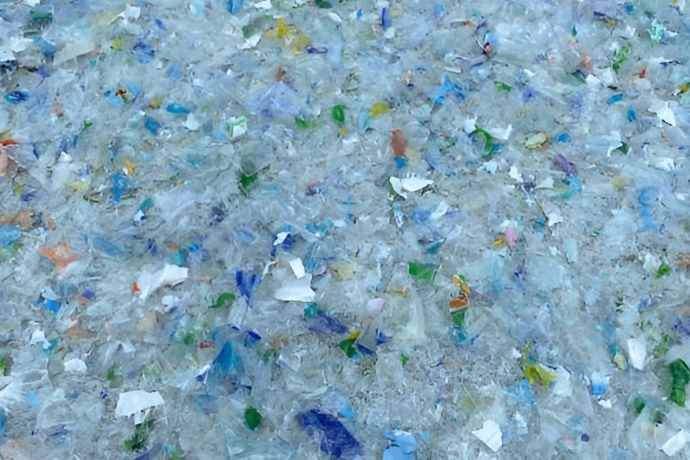Fixing HDPE Recycled Bottle Production Issues Effectively
Key Takeaways:
- Material consistency is critical: Use high-purity rHDPE with controlled molecular weight and advanced additive blending to avoid molding defects and performance variability.
- Optimize processing to reduce failures: Implement real-time injection controls, conformal cooling, and precision mold design to minimize warping, incomplete fills, and stress cracking.
- Efficiency and sustainability go hand-in-hand: Invest in automated systems, energy-saving equipment, and clean, well-sorted recycled material to reduce costs and improve long-term viability.
Recycling HDPE into bottles comes with its own set of challenges. If you're struggling with inconsistent material quality, molding defects, or stress cracking, you're not alone. These issues can lead to production inefficiencies, rejected batches, and increased costs.
But don’t worry—we’ve got solutions that work. Let’s break down the common production problems and how to fix them.
1. Ensuring Material Quality and Consistency
Molecular Weight Distribution
Problem: Variations in molecular weight distribution affect the mechanical properties of recycled HDPE. This can lead to weak spots, uneven wall thickness, and unpredictable processing behavior.
Solution: You can improve consistency by sourcing rHDPE with a controlled molecular weight distribution. Advanced polymerization techniques like metallocene catalysis help create a more uniform material, leading to better processing and a stronger final product.
Impurities and Contaminants
Problem: Contaminants in rHDPE—such as dirt, labels, or other plastics—cause defects like weak spots and inconsistent melting behavior.
Solution: Work with suppliers who use advanced filtration and purification systems. Melt filtration and continuous online monitoring can remove unwanted particles, ensuring you get a cleaner, more reliable material.
Additives and Stabilizers
Problem: Inconsistent blending of additives like UV stabilizers and colorants leads to quality issues—such as uneven colors or degradation under sunlight.
Solution: Use automated dosing and high-shear mixing technology to ensure uniform distribution. This improves product consistency, making your bottles more durable and visually appealing.
Also Read : Recycled HDPE vs. Virgin HDPE - A Comprehensive Comparison
2. Overcoming Molding and Processing Challenges
Injection Molding Parameters
Problem: Improper injection speed, pressure, or temperature can cause defects like incomplete fills, warping, or jetting.
Solution: Implement real-time monitoring and adaptive control systems. These adjust parameters dynamically, reducing defects and improving efficiency.
Cooling Rate Optimization
Problem: Cooling too quickly creates internal stress, leading to warping, while slow cooling can result in suboptimal mechanical properties.
Solution: Upgrade your molds with conformal cooling channels and advanced thermal management techniques to achieve uniform cooling and improved bottle strength.
Tooling and Mold Design
Problem: Poor mold design causes flow issues, air traps, and weld lines, leading to defects in your final product.
Solution: Use computer-aided design (CAD) and simulation tools to optimize your mold flow. Regular maintenance and precision calibration prevent wear-related issues.
Also Read : How Recycled HDPE Is Changing the Packaging Industry
3. Preventing Environmental Stress Cracking (ESC)
Chemical Exposure
Problem: Certain chemicals—like detergents and oils—can weaken rHDPE, causing cracks and failures.
Solution: Choose rHDPE formulations with enhanced chemical resistance. Stress-relief additives and secondary treatments can further improve ESC resistance.
Stress Concentration Issues
Problem: Sharp corners or thin walls create high-stress points, making your bottles more prone to cracking.
Solution: Redesign weak areas using finite element analysis (FEA). Rounded corners and uniform wall thickness help distribute stress more evenly, reducing failure risks.
Material Formulation
Problem: Not all additives provide the same level of protection against ESC. Some formulations may be more vulnerable than others.
Solution: Optimize your rHDPE blend with high-performance stabilizers and antioxidants. Rigorous testing ensures the right balance of durability and flexibility.
Also Read : A Simple Guide to Understand the HDPE Injection Molding Process
4. Solving Recycling and Sustainability Issues
Contamination in Recycled HDPE
Problem: Food residues, labels, and mixed plastics lower the quality of recycled HDPE, affecting its usability in bottle production.
Solution: Source from suppliers using advanced sorting technology like near-infrared (NIR) spectroscopy and robotic separation. Ultrasonic cleaning can further improve material purity.
Issues with Additives and Colorants
Problem: Excessive colorants and legacy additives reduce the recyclability of HDPE and affect the quality of your final product.
Solution: Work with suppliers who use decolorization and additive-neutralizing techniques. This improves recyclability while maintaining mechanical performance.
Economic Viability of Recycling
Problem: Recycling HDPE can be expensive, especially when extensive sorting and cleaning are required.
Solution: Invest in more efficient recycling technologies and explore government incentives for recycled materials. Building strong supplier relationships ensures stable pricing.
5. Managing Economic Considerations
Raw Material Cost Fluctuations
Problem: The price of rHDPE varies based on oil prices, supply chain disruptions, and market demand.
Solution: Secure long-term supply agreements to stabilize costs. Consider financial hedging strategies like futures contracts to minimize price volatility.
Reducing Energy Consumption
Problem: Energy-intensive processes like melting, molding, and cooling drive up operational costs.
Solution: Upgrade to energy-efficient machinery and optimize heating and cooling cycles. Implementing waste heat recovery systems can further cut energy use.
Lowering Labor Costs with Automation
Problem: Skilled labor for injection molding is expensive, especially in high-wage regions.
Solution: Automate tasks like material handling and quality inspection. Advanced control systems reduce human error while improving efficiency and consistency.
Get Reliable rHDPE for Your Bottles
If you’re tired of production headaches, the right material can make all the difference. Langgeng Jaya Group provides high-quality recycled HDPE pellets that meet strict consistency and performance standards.
Explore our rHDPE solutions: Blow Molding Grade || Injection Molding Grade
Need expert advice? Contact us today and let’s optimize your production process together!



